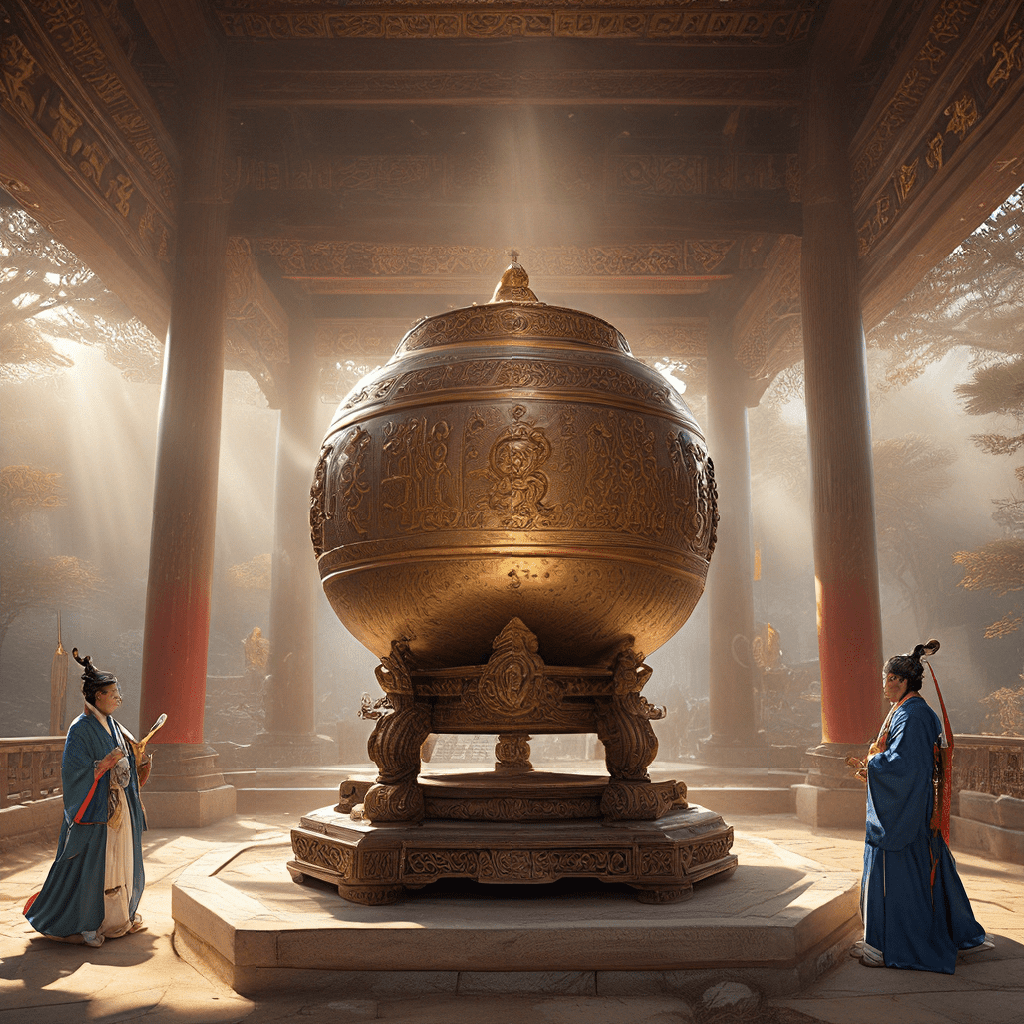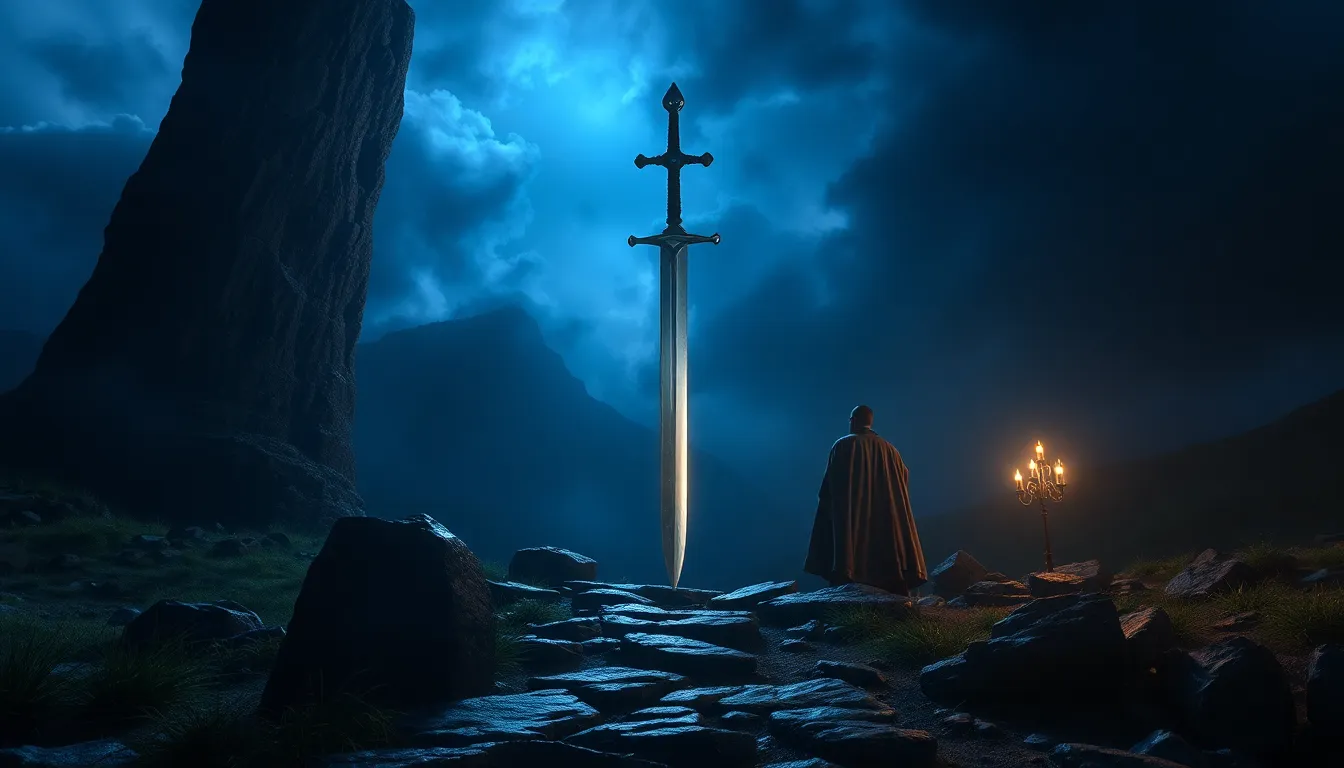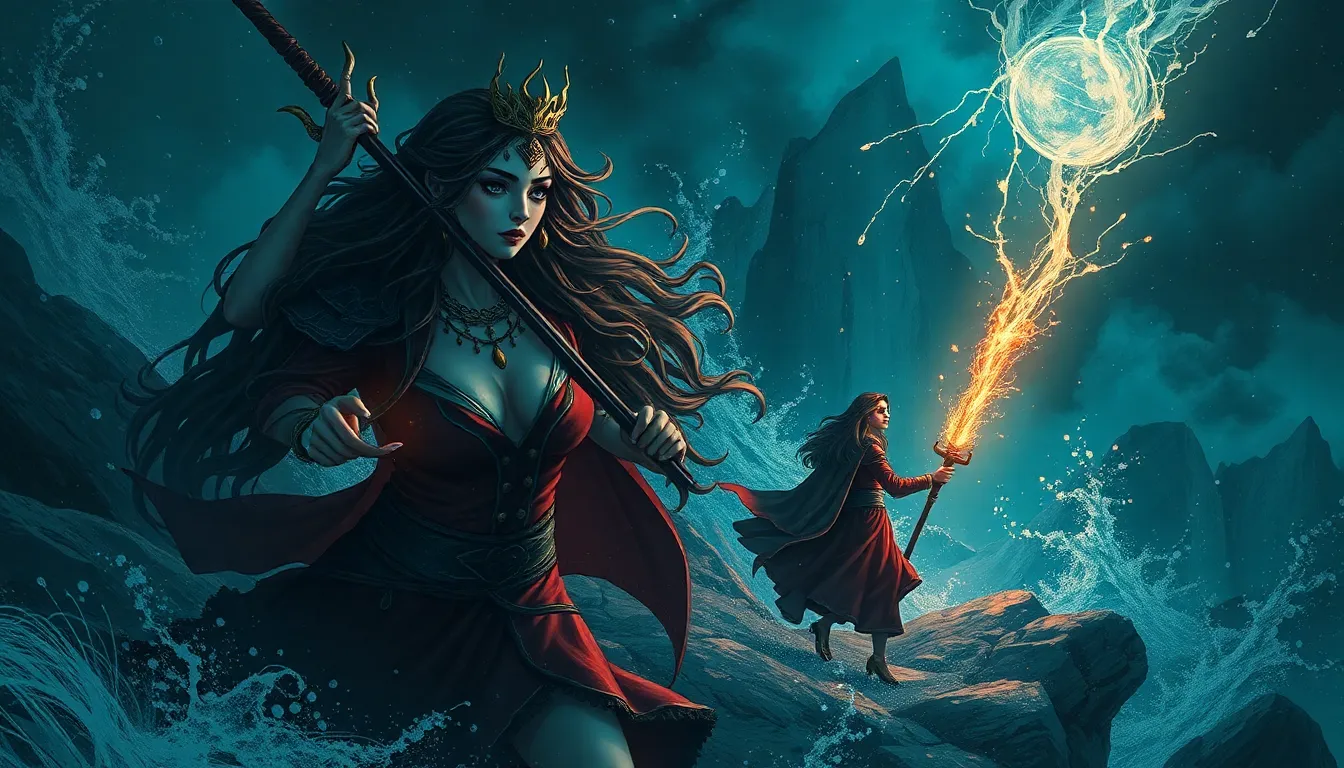The Rich Tapestry of Korean Folklore: Mythical Creatures
Korean folklore is a fascinating world filled with captivating tales, legends, and mythical creatures. These mythical beings, deeply ingrained in Korean culture, offer a unique window into the beliefs, values, and anxieties of the Korean people throughout history. From benevolent guardians to mischievous tricksters, these creatures play a vital role in shaping Korean mythology and its enduring impact on modern society.
The Significance of Mythical Creatures in Korean Culture
Mythical creatures hold a profound significance in Korean culture, serving as more than just fantastical beings. They embody the intricate relationship between humans and the natural world, reflecting deep-seated beliefs about the forces that govern life. These creatures often represent the duality of human nature, showcasing both positive and negative aspects. Their stories serve as cautionary tales, moral compass, and a source of inspiration, reminding people of the importance of respect for nature, balance in life, and the consequences of one's actions.
The Origins of Korean Mythical Creatures
The origins of Korean mythical creatures can be traced back to ancient shamanistic beliefs and animistic practices. These practices involved venerating spirits and deities in nature, leading to the creation of a rich tapestry of supernatural beings. Over time, these beliefs evolved and were incorporated into folktales, legends, and myths, shaping the Korean cultural landscape profoundly. The influence of Buddhism and Confucianism also played a significant role in shaping the stories and symbolism associated with these mythical creatures.
Guardians of the Natural World: The Protective Spirits
Korean folklore is populated with a diverse array of protective spirits, embodying the interconnectedness between humans and the natural world. These beings often reside in specific locations, such as mountains, forests, rivers, and seas, safeguarding these environments and the creatures that inhabit them. They act as guardians, protecting humans from harm and ensuring the balance of nature. One popular example is the SanShin, the mountain spirit, who resides in the highest peaks, representing the power and majesty of nature.
The Benevolent and the Malicious: A Spectrum of Beings
Korean mythology is characterized by a spectrum of mythical creatures, ranging from benevolent beings to those with malicious intentions. Some creatures, like the Dokkaebi, are known for their mischievous nature and penchant for playing pranks, while others, like the Gumiho, are depicted as seductive and dangerous. This spectrum reflects the duality of human nature, acknowledging the potential for both good and evil within us. Understanding this spectrum is crucial for comprehending the complex and nuanced stories that shape Korean folklore.
The Dokkaebi: Tricksters and Guardians of the Earth
The Dokkaebi are iconic figures in Korean folklore, known for their mischievous nature and playful antics. These creatures are often depicted as short, stocky beings with large heads and horns, clad in patched-up clothing. They are said to inhabit the mountains, forests, and caves, guarding the natural world. While often perceived as tricksters, their actions are rarely malicious. They enjoy playing pranks on humans, sometimes stealing objects or causing minor inconveniences, but they are not inherently evil. The Dokkaebi's playful nature symbolizes a healthy respect for the unpredictable forces of nature and reminds humans to embrace life's unexpected turns.
The Gumiho: The Enchanting Nine-Tailed Fox
The Gumiho, a nine-tailed fox, holds a prominent place in Korean folklore. Often associated with beauty, intelligence, and a seductive charm, the Gumiho can shapeshift into a human form, often appearing as a beautiful woman. However, the Gumiho's beauty is often a facade, hiding a malevolent intention. These creatures are known for their insatiable hunger for human souls and their cunning ability to manipulate mortals. The Gumiho's dual nature, encompassing both alluring beauty and hidden darkness, serves as a cautionary tale, emphasizing the importance of understanding the true nature of individuals and the potential dangers of being deceived by appearances.
The Yong: Dragons of Power and Wisdom
The Yong, or the Korean dragon, is a powerful and revered mythical creature in Korean culture. Unlike Western dragons, which are often associated with destructive forces, the Yong is a symbol of strength, wisdom, and good fortune. Depicted as a long, serpentine creature with scales, claws, and a majestic mane, the Yong is believed to control the rain and weather, making it a crucial figure in agricultural societies. The Yong also represents the forces of nature, embodying the power and beauty of the natural world. In many Korean folktales, Yong are depicted as benevolent beings who protect humans from harm and bring prosperity to their communities.
The Theories Behind the Mythical Creatures
The origin and existence of Korean mythical creatures are subject to much speculation and debate. Some scholars believe that these creatures reflect a deep-seated animistic tradition, reflecting a reverence for the spirits that inhabit nature. Others suggest that these creatures are a result of cultural influences from surrounding countries, such as China and Japan, which also have rich traditions of mythological beings. The exact origins of these creatures may remain a mystery, but their presence in Korean folklore speaks to the cultural imagination and the enduring power of storytelling.
Modern Interpretations and Influence of Korean Mythology
Korean mythology continues to resonate with modern audiences, influencing contemporary art, literature, film, and popular culture. Mythical creatures, such as the Dokkaebi, Gumiho, and Yong, are frequently depicted in contemporary works of art, literature, and film, reflecting their enduring appeal and relevance to modern society. The stories and symbolism associated with these creatures continue to inspire and entertain audiences, reminding us of the rich and diverse tapestry of Korean culture.
FAQ
What is the most common Korean mythical creature?
The Dokkaebi and the Gumiho are two of the most common and well-known Korean mythical creatures.
What are Korean dragons called?
Korean dragons are called Yong.
What are Korean mythical creatures used for?
Korean mythical creatures serve multiple purposes in Korean culture. They symbolize the interconnectedness between humans and the natural world, provide cautionary tales, and represent the duality of human nature.
Where can I learn more about Korean mythical creatures?
You can explore Korean folklore and mythical creatures through various sources, including books, websites, and documentaries. Libraries, museums, and cultural centers specializing in Korean arts and culture can also be valuable resources.



